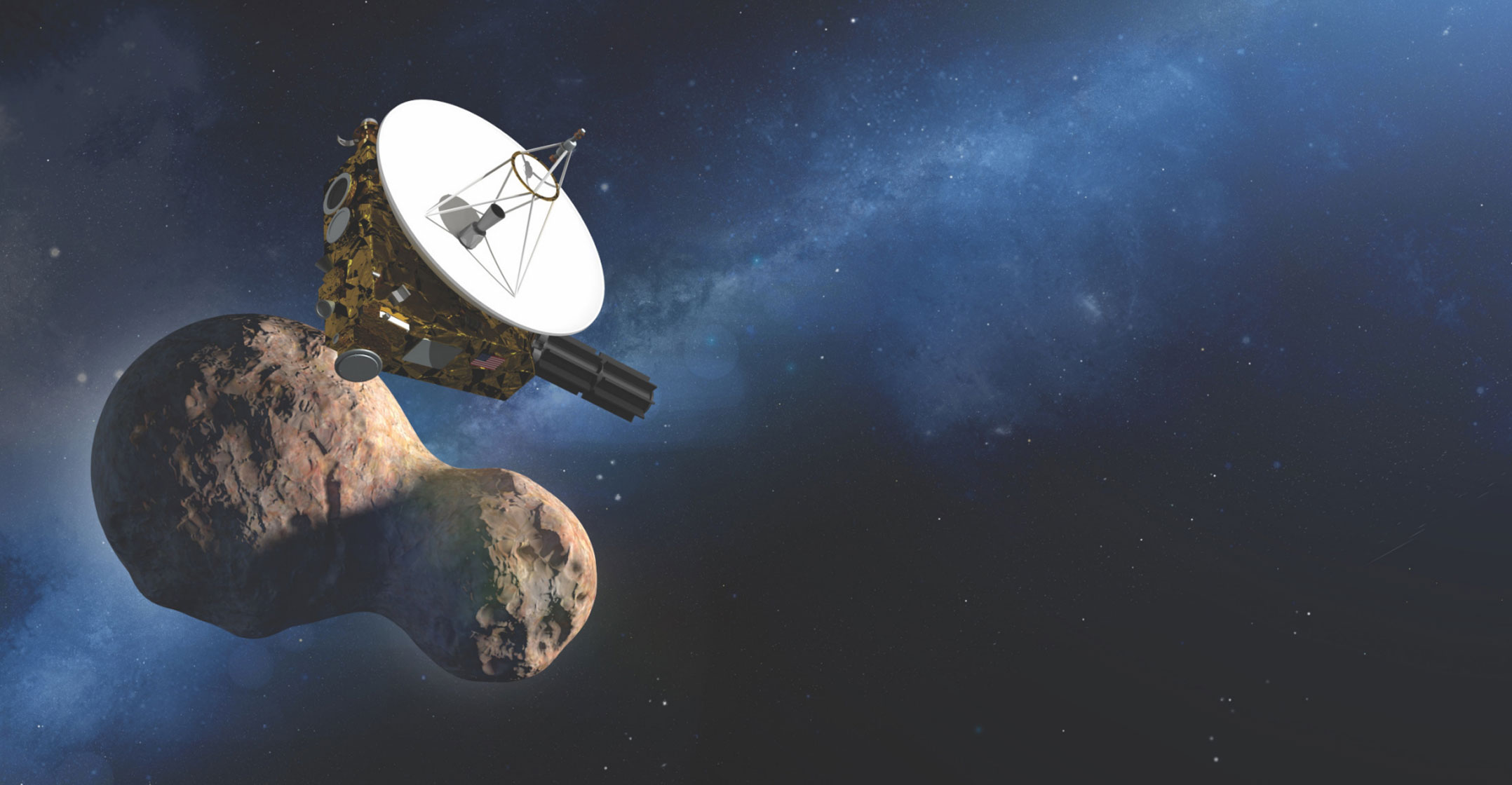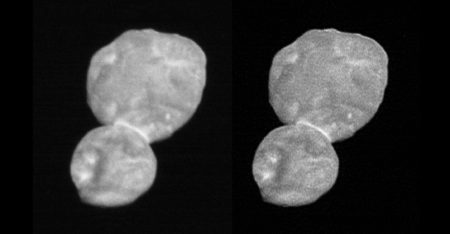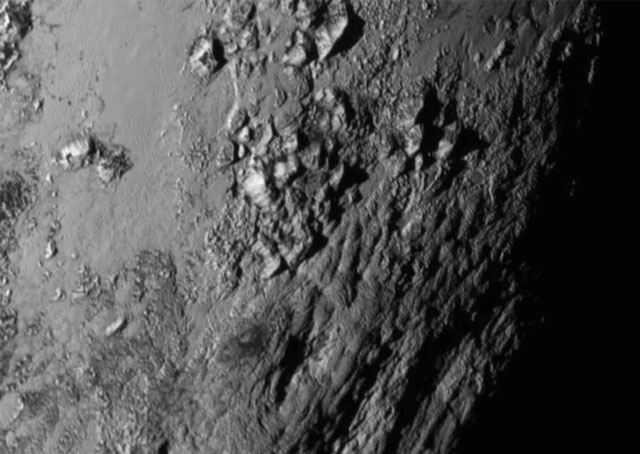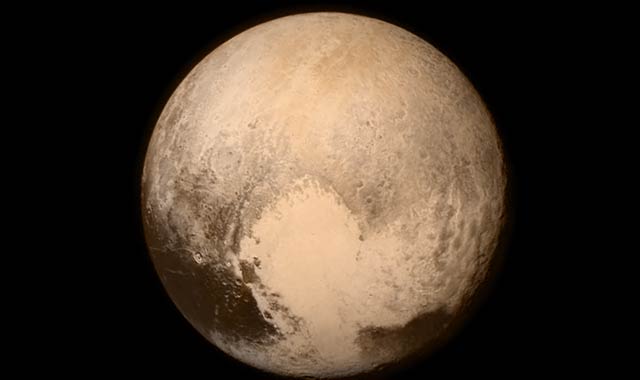
Nasa’s New Horizons spacecraft has survived humanity’s most distant exploration of another world.
Ten hours after the middle-of-the-night encounter 6.4 billion kilometres away, flight controllers in Laurel, Maryland received word from the spacecraft that it had successfully completed its latest mission.
Cheers erupted at Johns Hopkins University’s Applied Physics Laboratory, home to mission control.
An anxious crowd in a nearby auditorium watching events joined in the loud celebration.
New Horizons zoomed past the small celestial object known as Ultima Thule three-and-a-half years after its spectacular brush with Pluto.
Scientists say it will take nearly two years for New Horizons to beam back all its observations of Ultima Thule, a full 1.6 billion kilometres beyond Pluto.
At that distance, it takes six hours for the radio signals to reach Earth.
Based on rudimentary pictures snapped just hundreds of thousands of miles before the 12.33am close approach, Ultima Thule is decidedly elongated in shape — measuring about 35km by 15km.
Scientists say there are two possibilities for this: Ultima Thule is either one object with two connected lobes, sort of like a spinning bowling pin or peanut still in the shell, or two objects orbiting surprisingly close to one another.
Better pictures
A single body is more likely, they noted. An answer should be forthcoming on Wednesday, once new and better pictures arrive.
But the best colour close-ups will not be available until later in January and February.
The icy rock has been in a deep-freeze preservation state since the formation of our solar system 4.5 billion years ago.
Scientists hope to learn about those origins through New Horizons’ observations deep inside the so-called Kuiper Belt, or frozen Twilight Zone, on the fringes of the solar system.
New Horizons will continue to zoom further away. The hope is that the mission will be extended yet again and another target will be forthcoming sometime in the 2020s.
Ultima Thule is the first destination to be reached that was not even known until after the spacecraft’s launch. New Horizons rocketed from Cape Canaveral, Florida in 2006.




